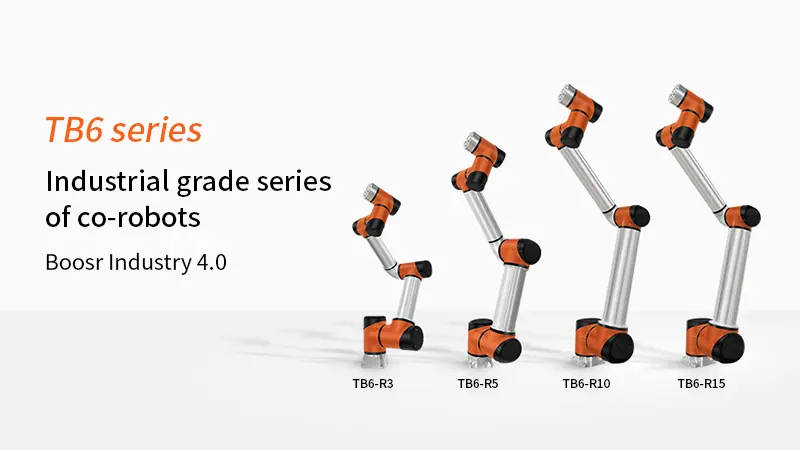Important technical parameters for co-robot selection
Date:2020-10-12It is not difficult to see some major differences between collaborative robots and traditional industrial robots from the technical specifications. At the same time, these main technical parameters also determine the different application areas of collaborative robots and industrial robots.
1. Payload
The payload is the weight that the robot can carry. A load of a collaborative robot is generally between 3-20kg. All robots have a specified payload, excluding the weight of end effectors (such as fixtures) or auxiliary tools. This means that the actual payload that the robot can carry must subtract the weight of the end effector (such as a fixture) from its nominal payload. If the application of the robot is analyzed in-depth, considering the actual application requirements (such as acceleration) and physical parameters (such as friction coefficient), it is necessary to appropriately reduce the maximum payload of the robot. This is the same as a general motion control system, to improve the dynamic characteristics (acceleration) of the system and reduce the load mass.
2. weight
The weight of the robot's body means whether it can easily move and change working positions, or whether a forklift or AGV is needed to complete the work. In some workshops, robots need to constantly change jobs to complete various production tasks. If the robot is too heavy, more manpower and man-hours are required to complete the displacement and fixation of the robot.
3. Repeatability
Many times, people ask questions about the accuracy or precision of robot movements. But in the world of collaborative robots, this indicator has little meaning. What we need to know is repeatability. Since collaborative robots are usually programmed and planned through manual trial teaching/manual guidance, the robot can reproduce and execute the same motion, which is more capable than its ability to accurately position at a certain x, y, Z coordinate point with millimeter accuracy value. At present, most cooperative robots have their maximum repeatability values listed in their specification sheets. Therefore, when we test and use robots, we usually get smaller (ie better) repeatability than its nominal value.
4 security
Due to the need to integrate with humans and machines, safety is particularly important for collaborative robots. Although safety is a very complicated issue, many robot manufacturers still calibrate their robot products according to the corresponding safety level, and most of them will obtain safety certifications issued by third parties. Currently, the most stringent organization for machine safety approval procedures is tÜV. Many robot safety certifications are approved by this organization. At the same time, there will be many different variables in the "safe" certification of robots. The only thing we need to explain is that the certification of the robot is safe, which does not mean that the application of the robot is safe.
5. Ease of use
For collaborative robots that often need to work with people and frequently switch different operating tasks, the ease of programming configuration directly determines the production and operation efficiency of equipment applications. But this indicator is difficult to quantify. Because it is very dependent on people's operation and usage habits. The same interface or method of use is easy for some people, but difficult for others. Therefore, this indicator is always subjective.
6. Working radius
The working radius of the robot refers to the maximum (distance) distance that the robot wrist can reach. This distance is usually measured from the base of the robot. At the same time, there are many ways to measure the span of the robot arm. In most cases, we choose the maximum distance that the robot wrist can reach as a reference. Generally, the arm length of a collaborative robot is equal to the length of a human arm.
